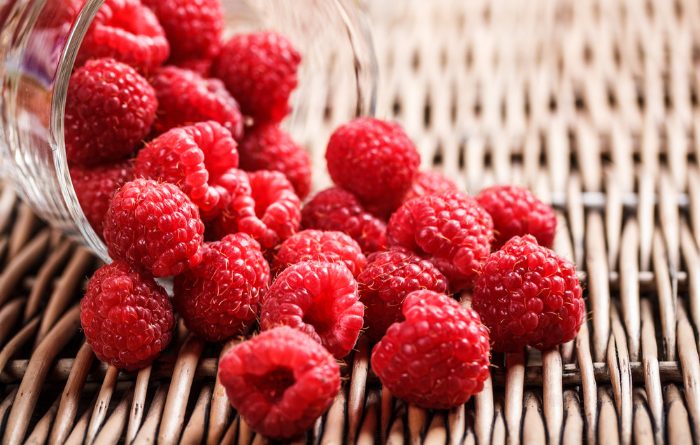



Article by: Hari Yellina
The dehydration of a product is an important consideration during the freezing process. The reason for this is because water loss has a direct impact on the product’s quality and weight. As a result, dealing with dehydration is one of the most pressing concerns for food processors, as it can result in poorer yields and profitability. However, the same can be stated about freeze solution providers. Dehydration is a particularly essential aspect when freezing berries, according to Sana Rehman, marketing coordinator for OctoFrost: “When it comes to berries, this issue can become even more critical, as these products contain 85 to 92 percent water.”
As a result, it is critical for food processors to understand how product hydration works, because this is where gaining control over the entire process begins, ensuring that profit losses or product quality harm are limited. The product is exposed to a low-temperature airflow while being frozen. Because the humidity in the product differs from the humidity in the airflow, moisture will be lost as the product releases it via its membranes.” According to Rehman, the OctoFrost IQF Freezer keeps the moisture inside the product. “The freezing process involves several elements that can cause dehydration.
To begin with, the freezing of time. If you keep it as short as possible, the crust will freeze quickly. This seals any moisture inside the product, preventing it from escaping. Then there’s the aerodynamics inside the freezer, which are influenced by temperature, air pressure, airspeed, and humidity. Controlling these numbers is critical to avoid snow formation, which is a direct sign of dehydration.” According to Rehman, the IQF Freezer may dramatically reduce dehydration as compared to alternative options. “Depending on the type of product, OctoFrost clients have reported that dehydration levels in their products range between 0.1 and 0.3 percent on average. Other products on the market, by comparison, achieve between 2 and 5% dehydration.
The IQF OctoFrost freezer’s fans are the reason our line can limit dehydration. Their speed produces specific aerodynamics for each type of product. As a result, each application can be treated at the best possible velocity, air pressure, and relative humidity. Dehydration is minimised with the correct balance of continuous airflow and airspeed.” “Because berries contain a high percentage of water, food processors must keep water loss under control, as it will have a significant impact on the product’s quality, look, and weight.” When processing berries, customers believe that fluidized freezing is more efficient than static freezing since it maintains quality and enables for a bigger quantity to be processed in less time. The goal is to optimise the airflow and speed parameters. The OctoFrost IQF Freezer’s adjustable airflow allows for optimal conditions for each type of berry, resulting in energy economy and increased yield.” Rehman sums up.